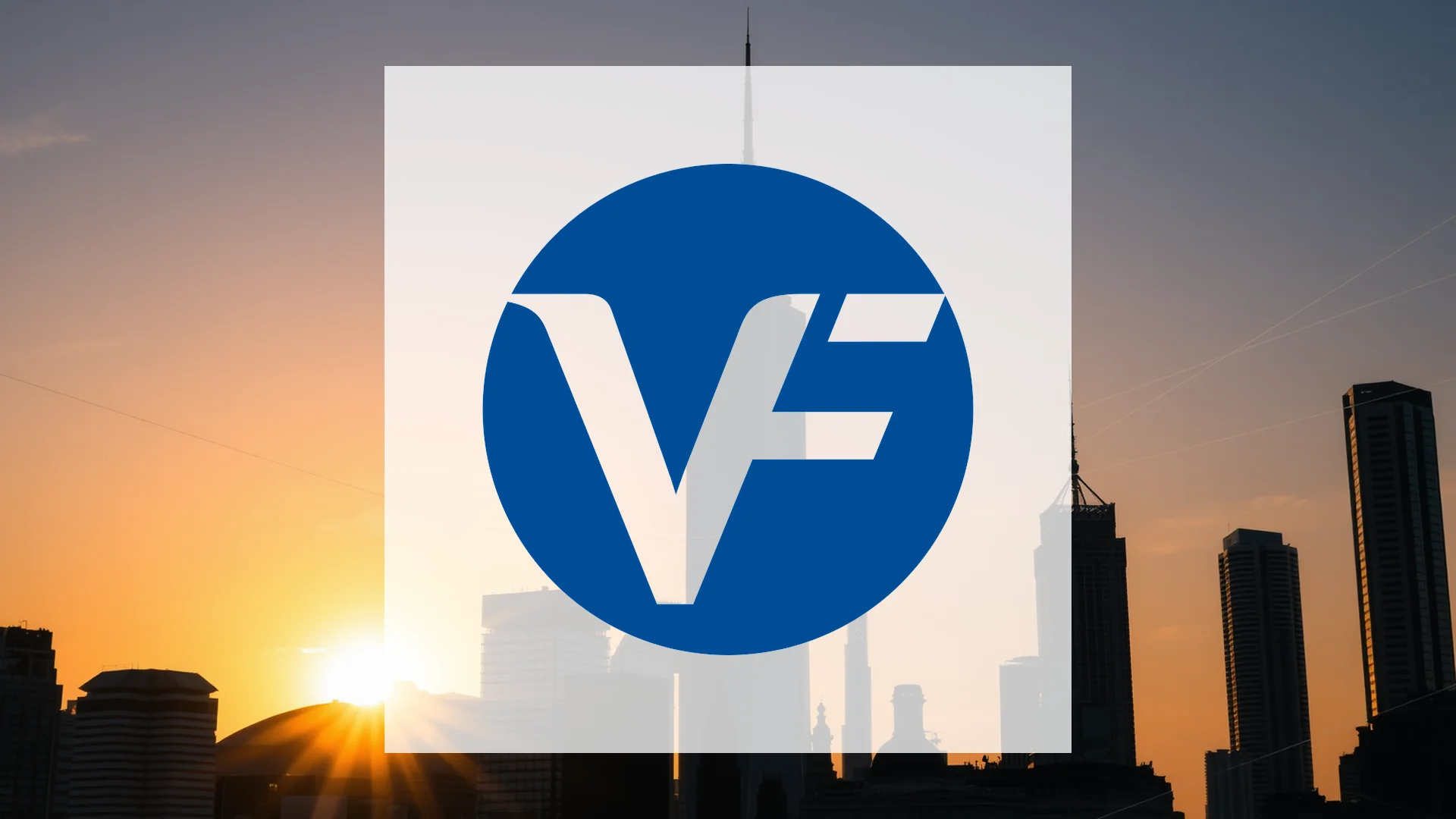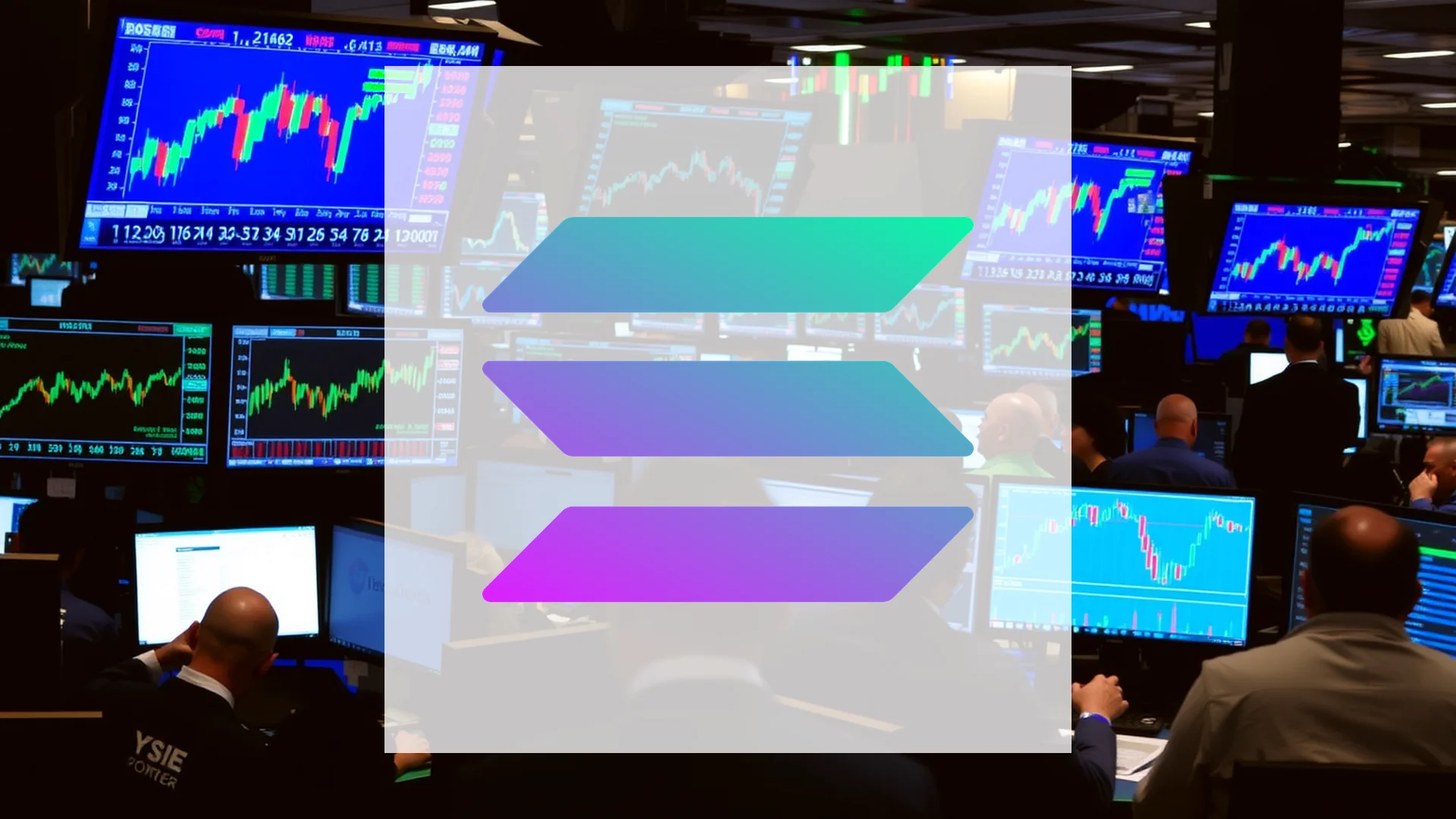The apparel conglomerate VF Corporation is showing initial signs of a potential turnaround, yet significant hurdles remain. Despite posting a surprisingly strong quarterly performance, the parent company of brands like The North Face and Vans continues to grapple with legal challenges and a fragile core business. The central question for investors is whether management can successfully navigate debt reduction while restoring market confidence.
Cautious Outlook Overshadows Earnings Beat
While VF Corporation surpassed analyst forecasts for its second quarter of 2026, the subsequent guidance has left the market wary. The company reported adjusted earnings per share of $0.52 on revenue of $2.8 billion, exceeding expectations. Brand performance was mixed; The North Face and Timberland each demonstrated strength with approximately 4% growth, whereas Vans continued its trend of declining sales.
The positive earnings surprise, however, was immediately tempered by the company’s own projection for the current third quarter. Management anticipates a sales decrease of 1-3%, a cautious forecast that signals the company’s underlying struggles are far from resolved.
Strategic Shifts: Divestiture and Expansion
Under significant pressure to improve its financial standing, VF Corporation executed a major strategic move on November 12, 2025, by selling its Dickies brand to Bluestar Alliance for $600 million. The company has stated that the proceeds will be allocated specifically to reduce its debt load, aiming to hit a targeted leverage ratio of 2.5x EBITDA.
Simultaneously, the company is pushing forward with geographic expansion. On November 18, 2025, VF established a new subsidiary in Spain designed to consolidate its Iberian business, which generates over 250 million Euros in revenue. This contradictory move—divesting one asset while expanding its operational footprint—raises questions about the strategic coherence of its recovery plan.
Should investors sell immediately? Or is it worth buying VF?
Market Analysts Express Continued Doubt
The financial community’s response to these developments has been largely skeptical. UBS maintained a “Neutral” rating with a $15 price target but cautioned that the turnaround strategy would require “many more quarters to truly take hold.” Similarly, Bank of America reiterated its “Underperform” stance, despite a minor upward adjustment of its price target to $14.
A particularly concerning metric for valuation is the stock’s price-to-earnings ratio, which stands above 63. This figure is substantially higher than the industry average, suggesting that the current share price may not fully reflect the fundamental challenges facing the business.
Legal Woes Compound Investor Concerns
Adding to the company’s operational and financial issues are multiple class-action lawsuits. These legal actions allege that between October 2023 and May 2025, VF Corporation misrepresented the business trajectory and the effectiveness of its turnaround plans for the Vans brand. These pending litigations threaten to further erode investor trust, which is already fragile.
Despite a 90-day period of recovery for the stock, it has still recorded a loss of more than 30% since the start of the year. The pivotal challenge for VF Corporation is whether it can successfully balance the demands of debt reduction, brand revitalization, and legal defense, or if its promised recovery will remain out of reach.
Ad
VF Stock: Buy or Sell?! New VF Analysis from November 18 delivers the answer:
The latest VF figures speak for themselves: Urgent action needed for VF investors. Is it worth buying or should you sell? Find out what to do now in the current free analysis from November 18.
VF: Buy or sell? Read more here...











